The concept of a digital twin has been around for many years, but it gained traction at the beginning of this decade. Wikipedia describes the digital twin as the generation of digital data that represents a physical object.
One definition of the digital twin is that it comprises a virtual representation that serves as the real-time digital part of a physical object or process. One of its first users was NASA, which helped define the technology. The connections between the physical and digital product are data that flows from the physical to the digital and information available from the digital to the physical environment. The specific information in digital twins is use case driven. The digital twin is just a logical construct, so real data and information can be contained in other applications.
In our daily lives, the most present and known digital twin is the digital maps on our smartphones, allowing us to easily navigate around the world.
And look how this little animal is being used even in the metaverse, how daring. Check the article at the link: https://www.tecmundo.com.br/mobilidade-urbana-smart-cities/237008-metaverso-gemeos-digitais-geografia-cidades.htm
Besides being one of the most magnificent instruments of digital transformation, the digital twin will have even greater value as the world transitions to more sustainable practices.
With the advancement of digital transformation in industries, the term digital twin has also taken on additional meanings. Now he’s helping to bridge the chasm between the shop floor and the corporate layer. The digital twin has become the means of capturing data across assets and operations in real time, supported by rich contextual data visualization and analysis models. These combos are the core of today’s digital twin.
In asset management, it is already an essential component: connected to the cloud, all analyzes are done quickly and easily, allowing companies to obtain more insights even more frequently, shaping their future profitability and sustainability, allowing old, outdated or unsustainable facilities become sustainable and renewable facilities.
Some advantages of the digital twin in asset management:
- Reduction of operating costs;
- Greater security in risk processes;
- Greater efficiency of products, and systems;
- New business opportunities;
- Anticipation of problems, and possible risks;
- Optimization of processes and systems;
- Improved customer experience.
Do you want to know how these fits into our solution, Manusis4? Stay tuned for our next newsletters – we will bring you news and soon.
Rodrigo Rotondo|LinkedIn – follow my newsletters
Manusis4|LinkedIn – discover our solution
Manusis4|Youtube – watch our webinars

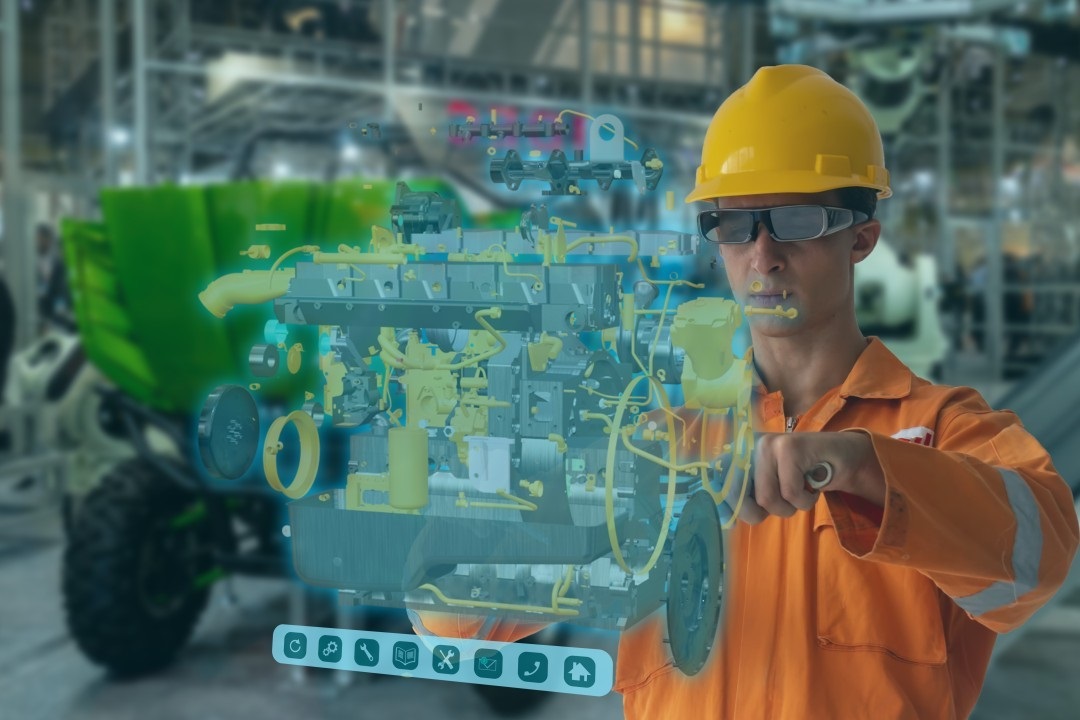
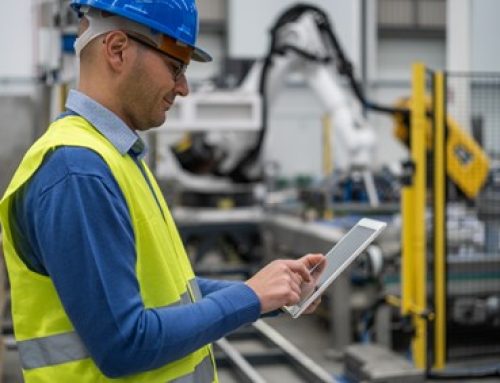
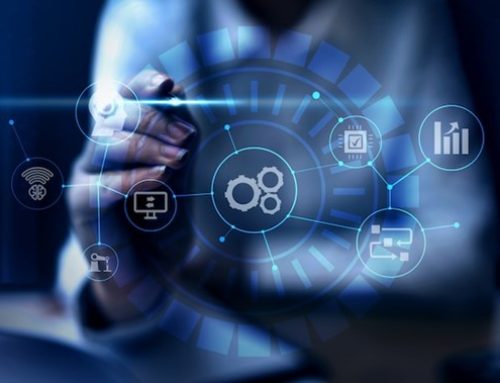
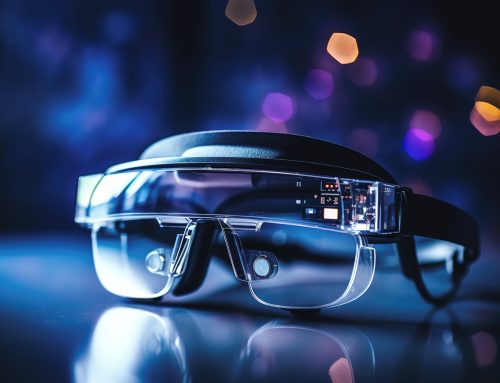
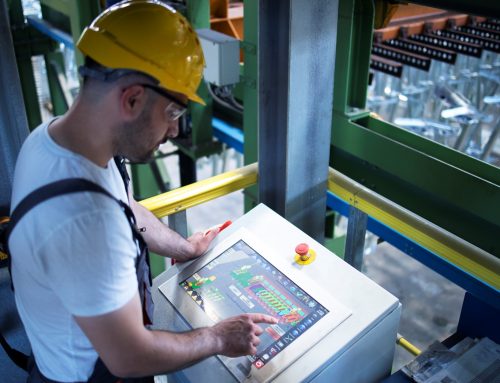
Leave A Comment